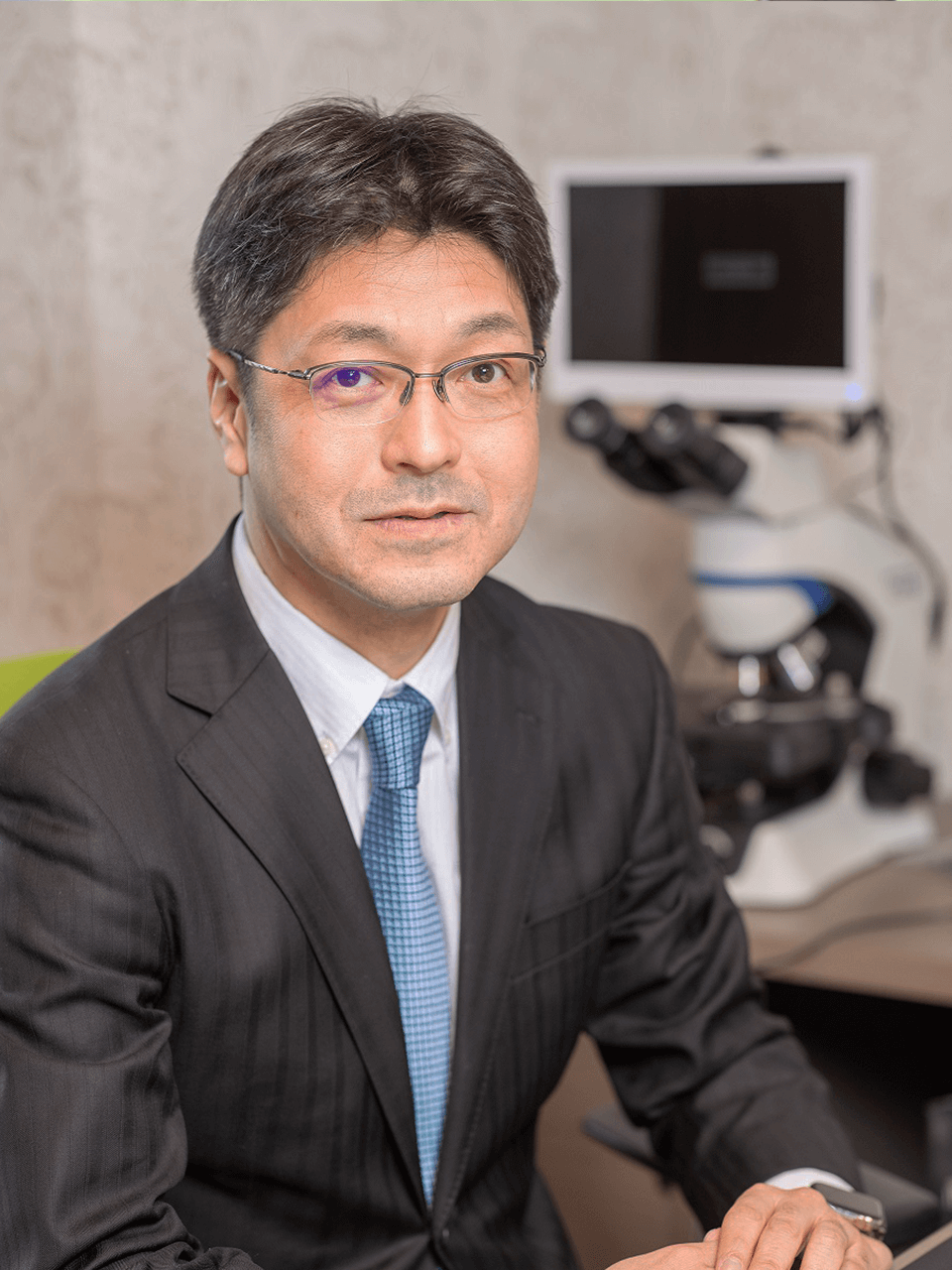Dermatology
- The mechanisms regulating skin homeostasis
- Skin allergies and autoimmune diseases
- Causes of vitiligo and new therapies
- Collagen diseases and their effects on the metabolism of vascular and connective tissues
- Skin cancers and other malignancies

Study of skin homeostasis for new clinical treatments.
1.Research on the mechanism of skin homeostasis
1.Molecular factors that regulate skin cells
2. Function of perspiration
3. Molecular mechanism of skin response to ultraviolet light
2.Research on skin allergies and autoimmune diseases
Many skin diseases, such as atopic dermatitis, drug allergies, and occupational skin diseases, are widespread in societies. Solving the pathology of these autoimmune diseases is key for new treatments.
1. Comprehensive study of atopic dermatitis
1) Skin immunity and barrier function
2) Nerve regeneration and temperature sensors and their relation with itching sensations
3) Immune responses mediated by IgE antibody
4) Epidemiological study of allergic diseases
5) Development of novel therapeutic drugs for atopic dermatitis
2. Immune responses of skin to drugs and chemical substances
1) Pathology and control of contact dermatitis
2) Pathogenesis of urticaria
3) Diagnostics for drug allergies
3.Pathogenesis of hereditary skin diseases and dyschromia and development of new therapies:
1. Regenerative medicine and drug discovery for pigmentary abnormalities such as vitiligo
2. Therapies that target mTOR signaling for tuberous sclerosis, neurofibroma, Fabry disease
4. Diseases of the collagen, vascular and connective systems
1. Research on scleroderma
1) Development of treatments for skin hardening, Raynaud’s disease, skin ulcers
2) Crosstalk of connective tissuematrix
3) Research on molecular mechanisms related to wound healing
2. Modeling annular erythema formation in Sjogren’s syndrome
Clinical analysis of annular erythema
3. Studies on antiphospholipid antibody syndrome, ulcers, circulatory disorders
1) Ulcers and circulatory disorders
2) Antiphospholipid antibody syndrome
5.Research on skin malignancies
1. Establishment and validation of novel therapeutic strategies including immunity checkpoint inhibitors, HVJ-E (Sendai virus envelope) vectors, WT-1 peptide therapies, etc.
2. Study of the pathology and treatment of cutaneous lymphoma
6.New diagnostic and treatment strategies for psoriasis to improve quality of life
Diagnostic imaging for psoriatic arthritis








